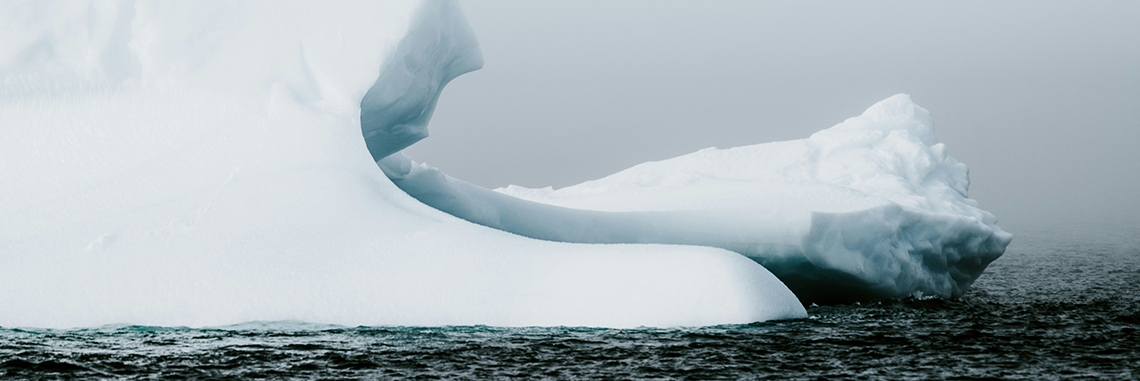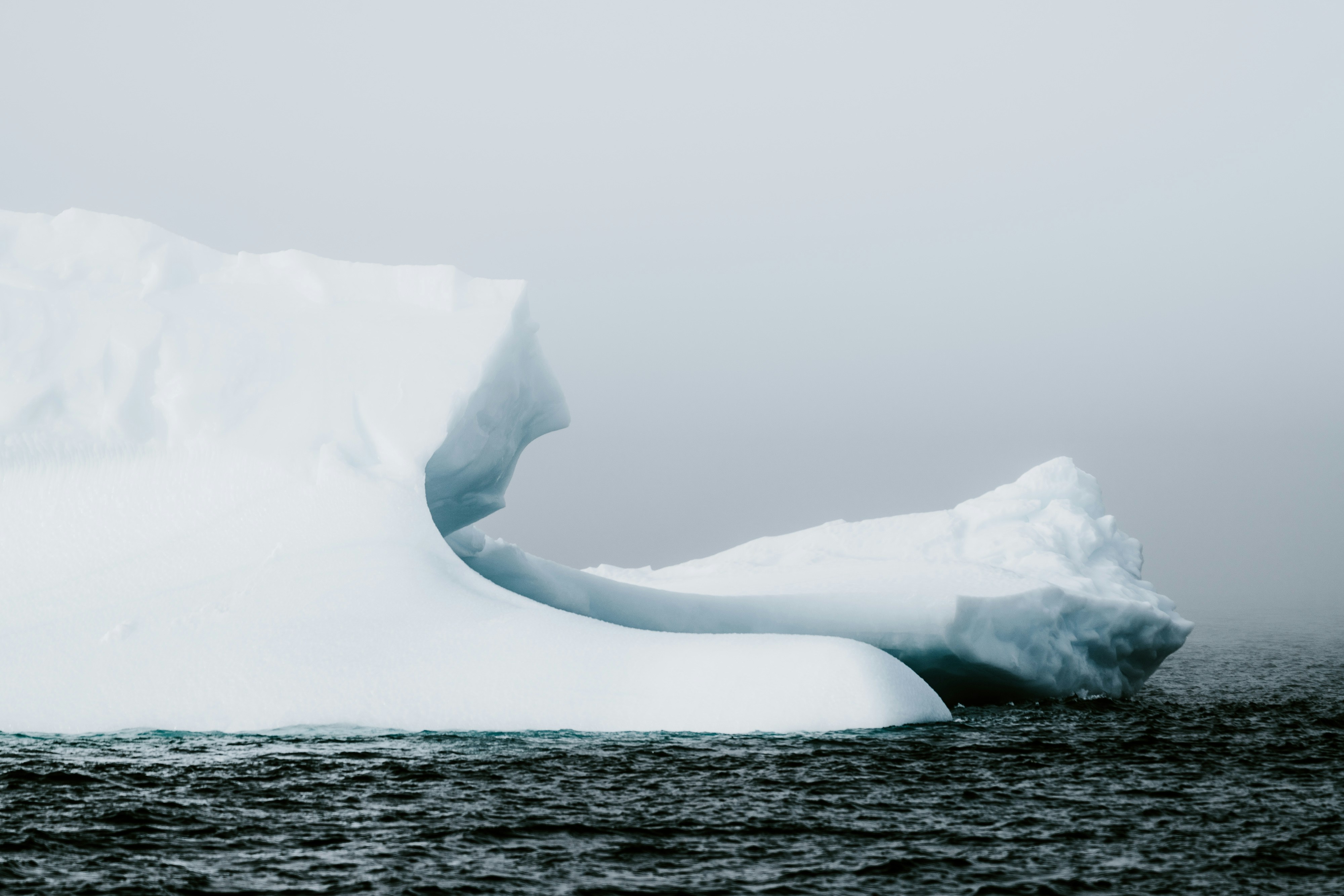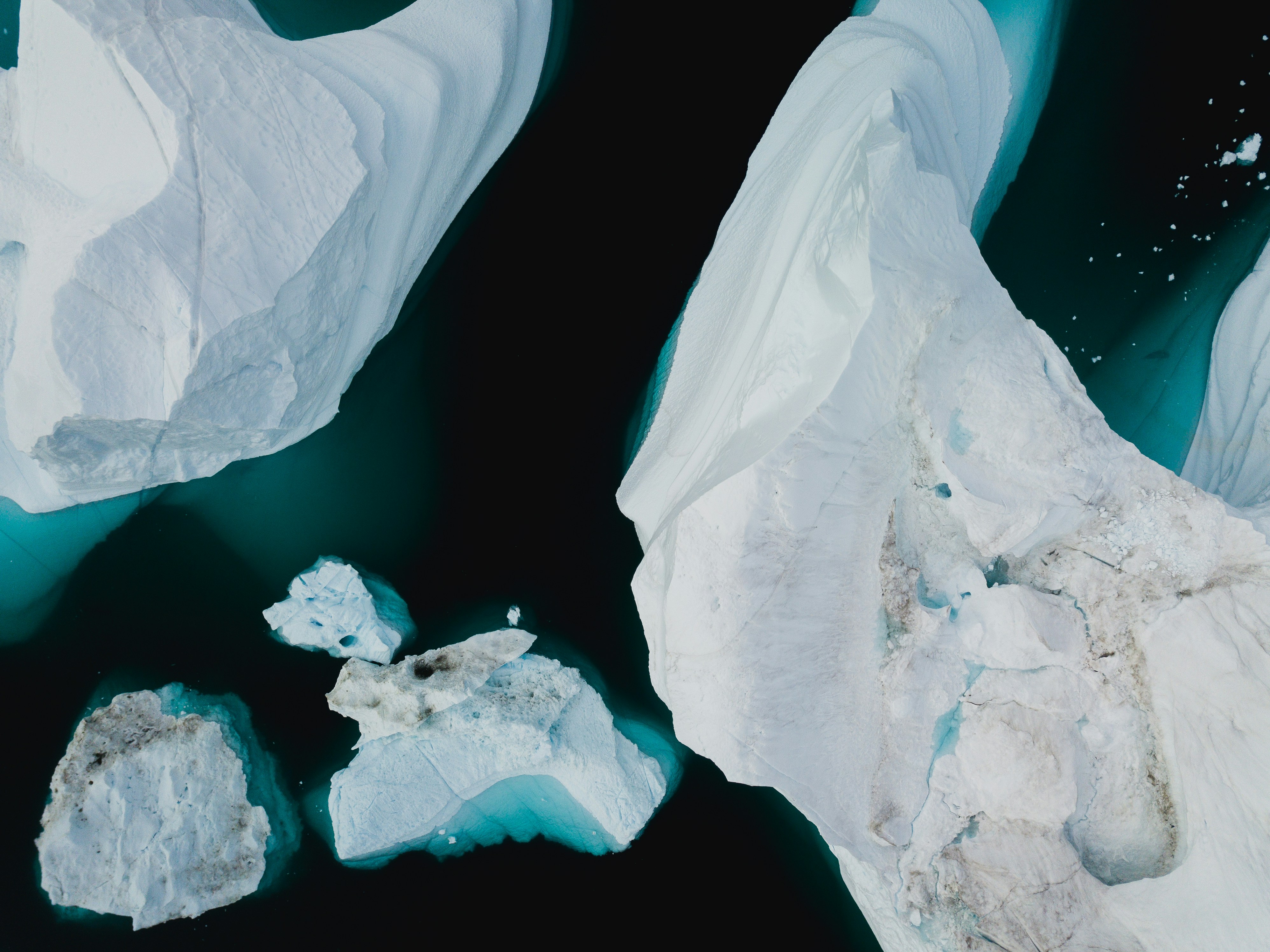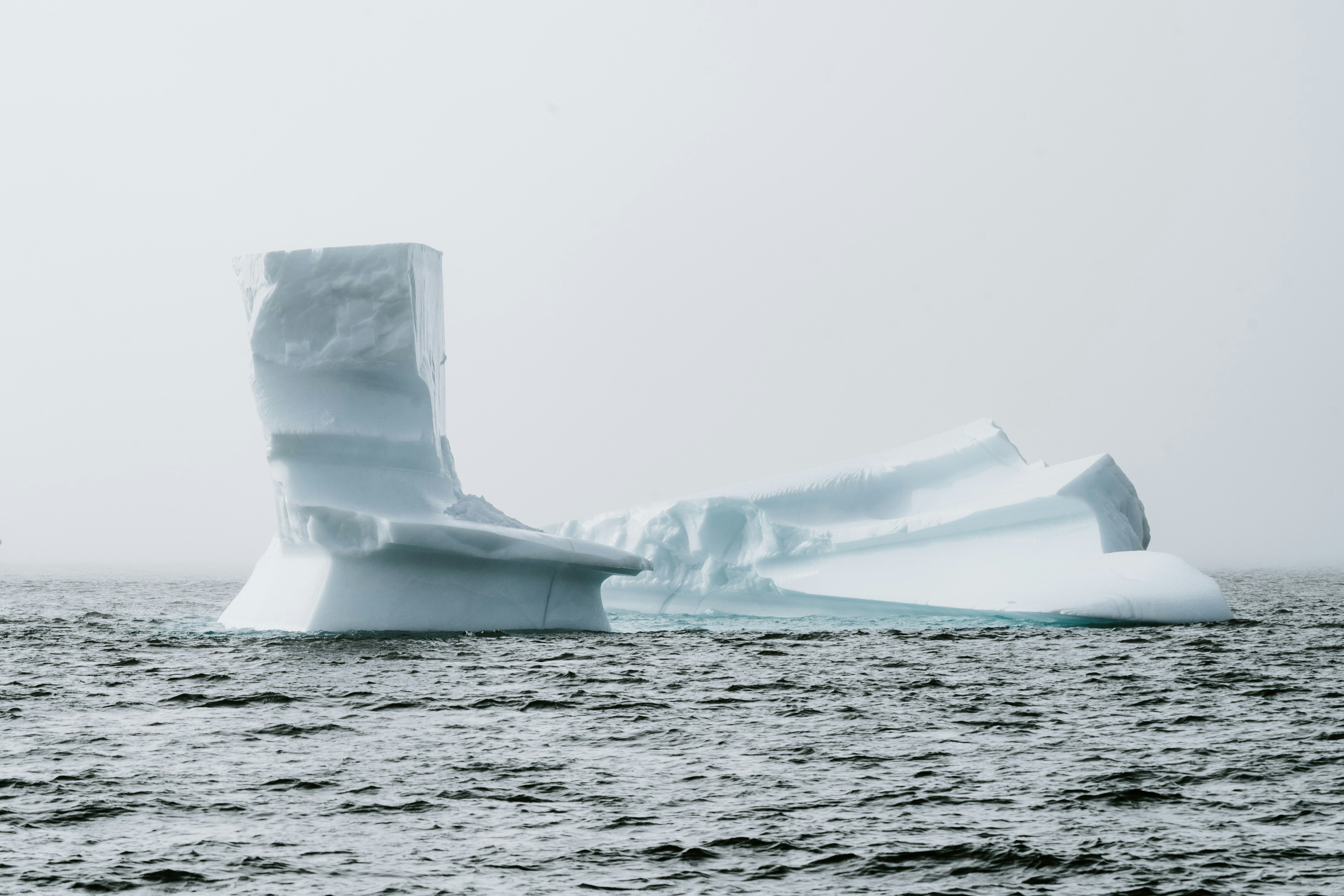An Alarming Message from the Arctic

By Jose Luis Gallego, environmental communicator (@ecogallego)
Despite the increasing pace of climate change, we still seem incapable of reaching a major agreement to halt the burning of fossil fuels on a global scale and thereby reduce greenhouse gas emissions. As a result, the consequences of climate change will also accelerate. Among the most alarming is the loss of the vast sheets of sea ice, crucial to regulating the planet’s climate.
According to a new study carried out by researchers at the University of Colorado in the US and the University of Gothenburg in Sweden, the loss of Arctic sea ice is accelerating at unprecedented levels because of climate change.
Based on this rigorous report, published in the scientific journal Nature late last year, the first summer when all sea ice will melt in the Arctic could occur as early as 2027, much sooner than anticipated. This would cause serious alterations in the planet’s weather patterns, even threatening the thermohaline circulation, better known as the Gulf Stream, which modulates and regulates the climate at our latitudes.

Image of the Arctic
This famous ocean current begins its journey in the warm waters of the Gulf of Mexico and flows northward along the Strait of Florida, following the eastern coast of the United States until reaching Cape Hatteras. From there, it continues to Europe, as though it were an immense river of warm water coursing along the surface of the Atlantic.
Moving at a speed of more than a metre per second, the current splits in two once it reaches our continent: one stream heads north in a perpendicular direction, moving towards Iceland and the Arctic; the other continues straight until reaching the coasts of Portugal, Spain, and France. Then, after having covered thousands of kilometres, the two currents converge. Once the stream encounters the freezing waters of the Arctic, it sinks down and turns in on itself to return to the Caribbean and begin the entire journey again in the opposite direction like an enormous thermal conveyor belt.

Aerial view of the Arctic
Yet this warm water conveyor belt – this enormous, constantly rotating chain that defines and regulates our climate – could come to a halt if the North Atlantic waters turn sweeter and warmer because of melting sea ice in the Arctic. This would prevent the tip of the current from sinking down and turning in on itself.
Among the many consequences of the increased and accelerated loss of Arctic sea ice, this is the one that most concerns scientists, because it would cause a massive influx of sweet water into the North Atlantic. This influx would reduce the salinity of the ocean water, thereby raising its temperature and threatening the delicate equilibrium that allows this current to circulate, so much so that it might collapse completely.
According to scientists who monitor the evolution of this climate change-induced phenomenon, if this should happen – if the Gulf Stream came to a halt – this would lead to a rapid cooling of average temperatures in Spain and across Europe. Some models go so far as to predict a decrease of 10 to 15 degrees compared to current average temperatures. A similar event has occurred previously, albeit not this drastically, on our continent.

Arctic landscape
According to climate chronicles, Europe experienced what climate scientists call the Little Ice Age between the 15th and 17th century. During that time, the thermohaline circulation slowed down, plunging the continent into a very intense and lasting cold period. For instance, in the winter of 1728, the island of Mallorca received intense snowfall for more than a month, so much so that the bay of Palma froze over.
According to the aforementioned study, as global warming increases due to the constant rise in greenhouse gas emissions, the loss of Arctic sea ice will also accelerate at an unprecedented speed. At this point, Arctic sea ice is shrinking at a higher rate than the 12% per decade recorded thus far. As a result, the scientists responsible for the study have rung the alarm that we could see images of a sea-ice-free Arctic (in the summer, not permanently) in less than three years.
That said, the team of scientists who carried out the study, for which they consulted thousands of records and ran hundreds of simulations, stated in their report that it is not too late: if we were capable of reaching a major international agreement to immediately abandon fossil fuels, thereby achieving a drastic reduction in greenhouse gas emissions, we would still be in time to stop the Arctic sea ice from melting and prevent these alarming consequences from happening.
